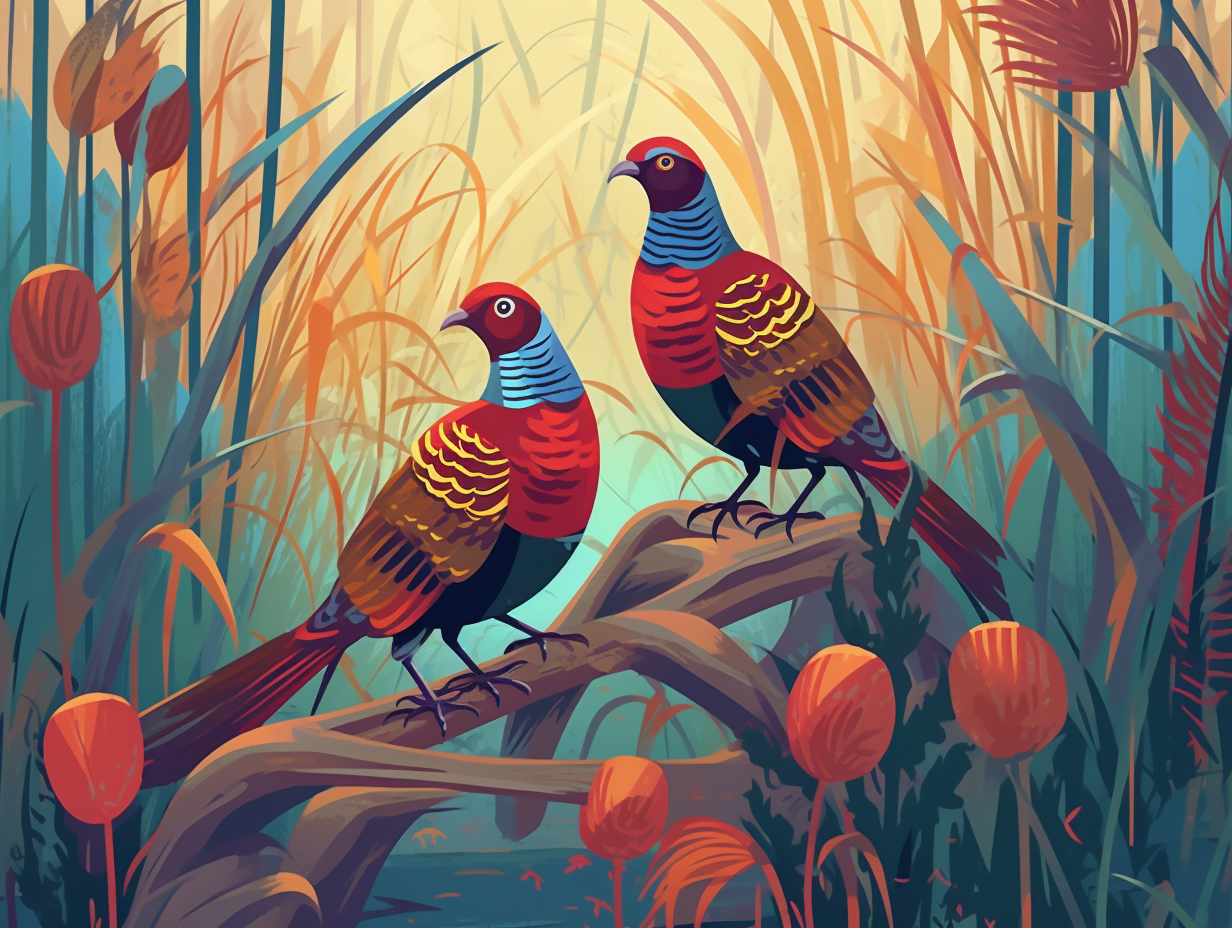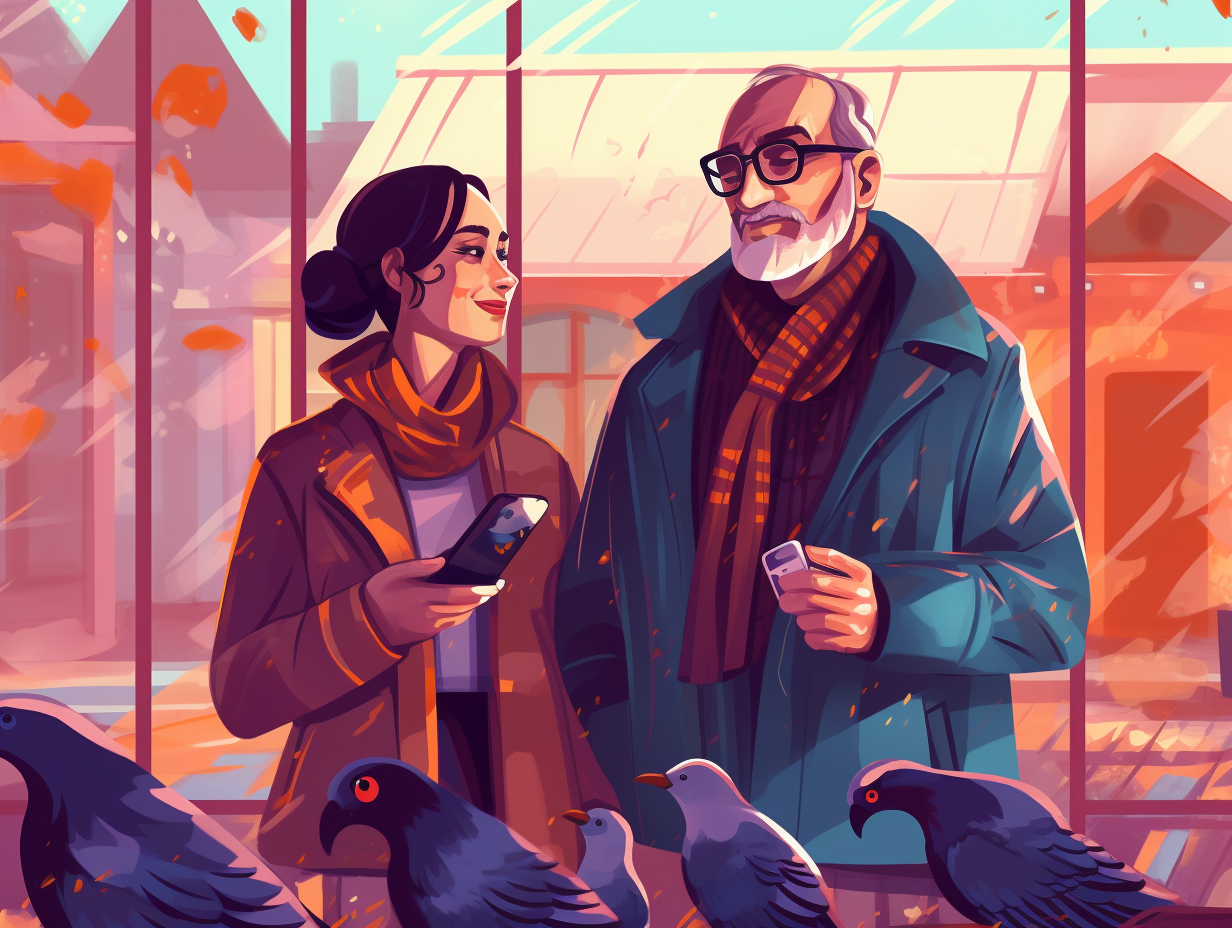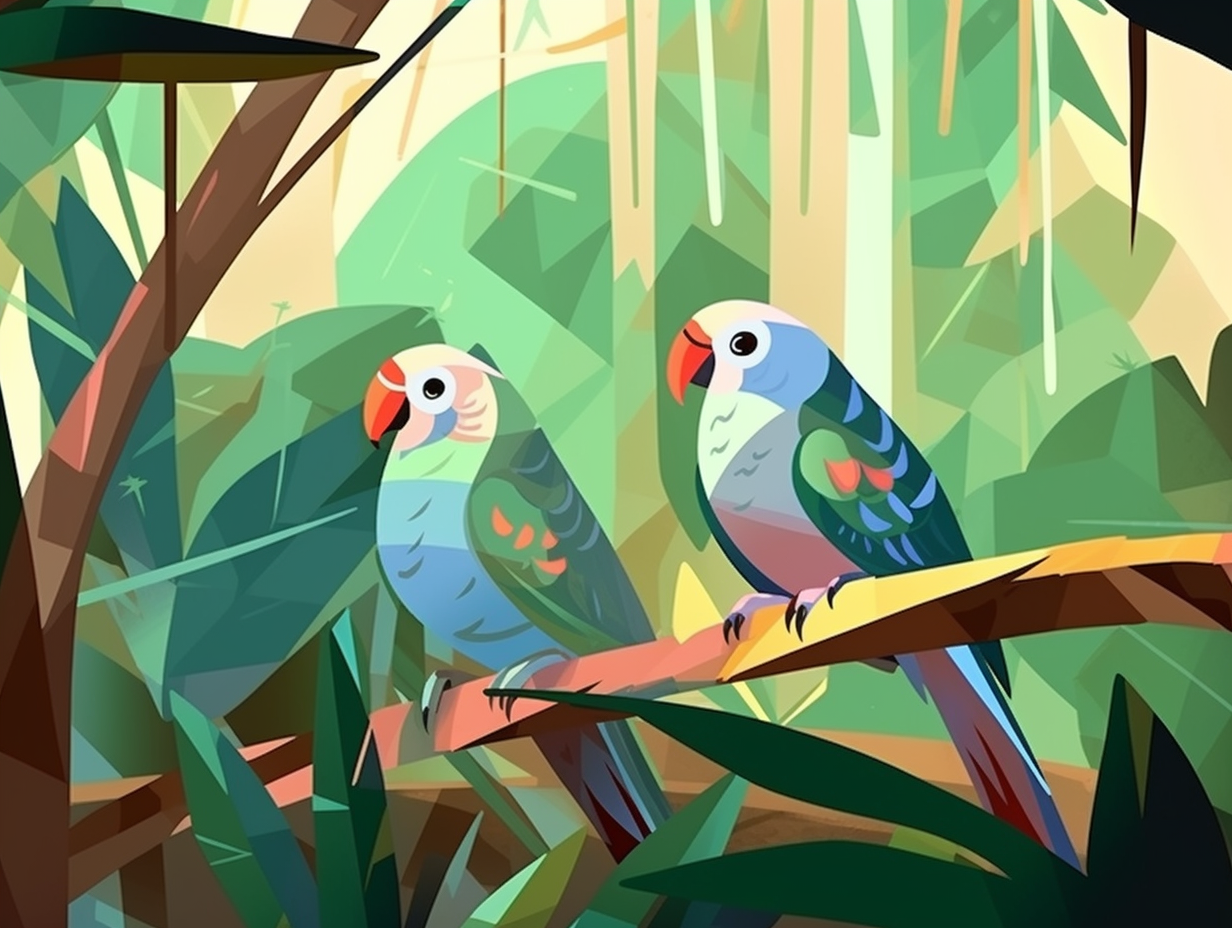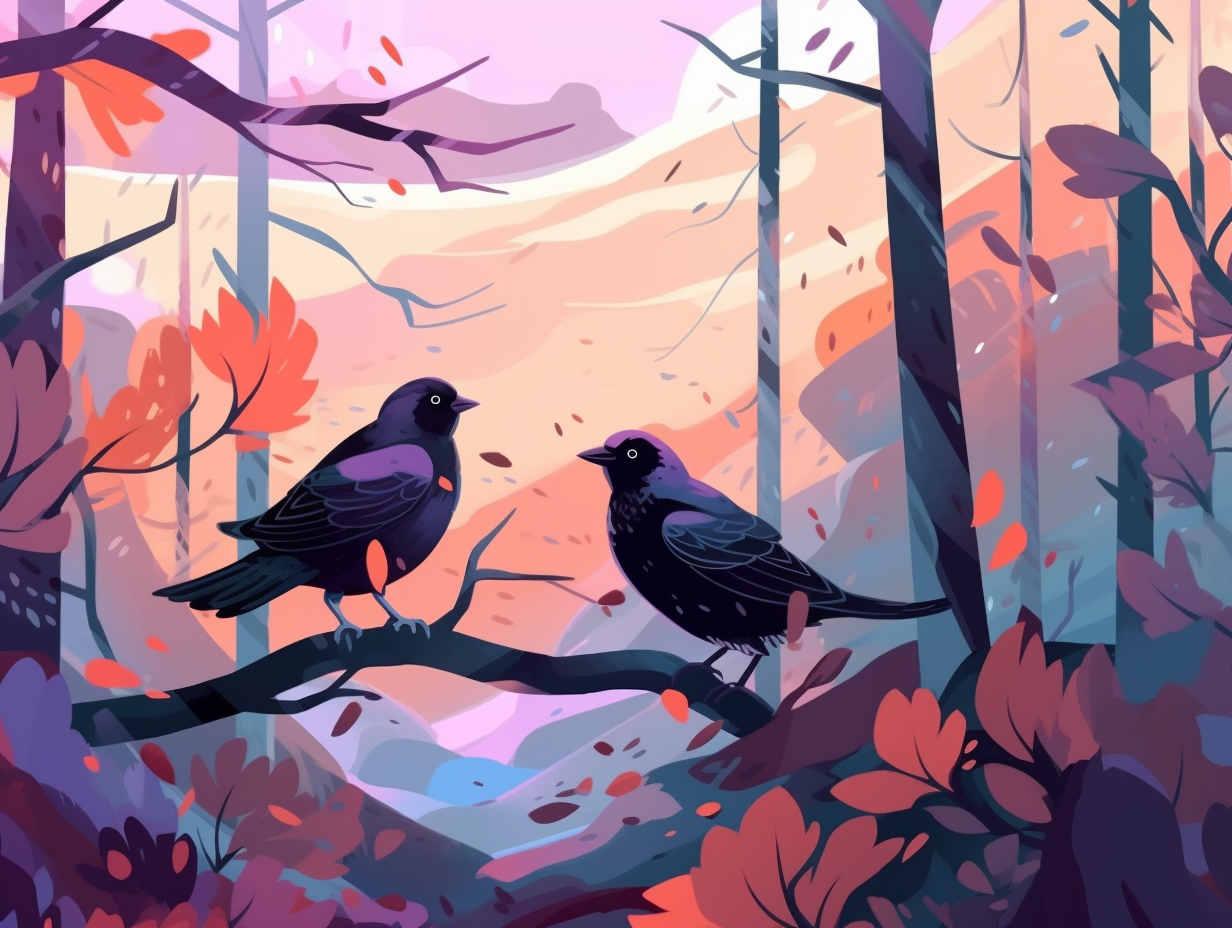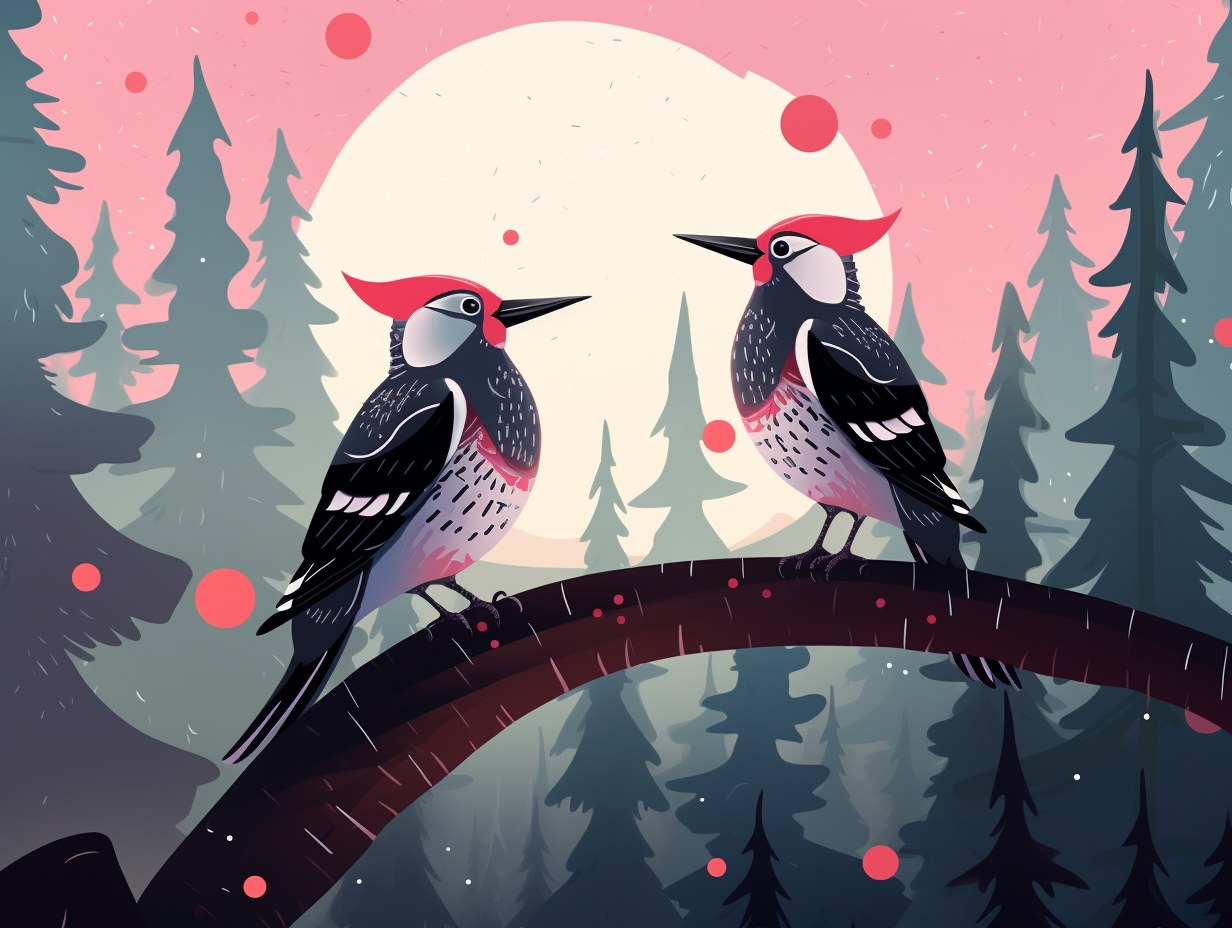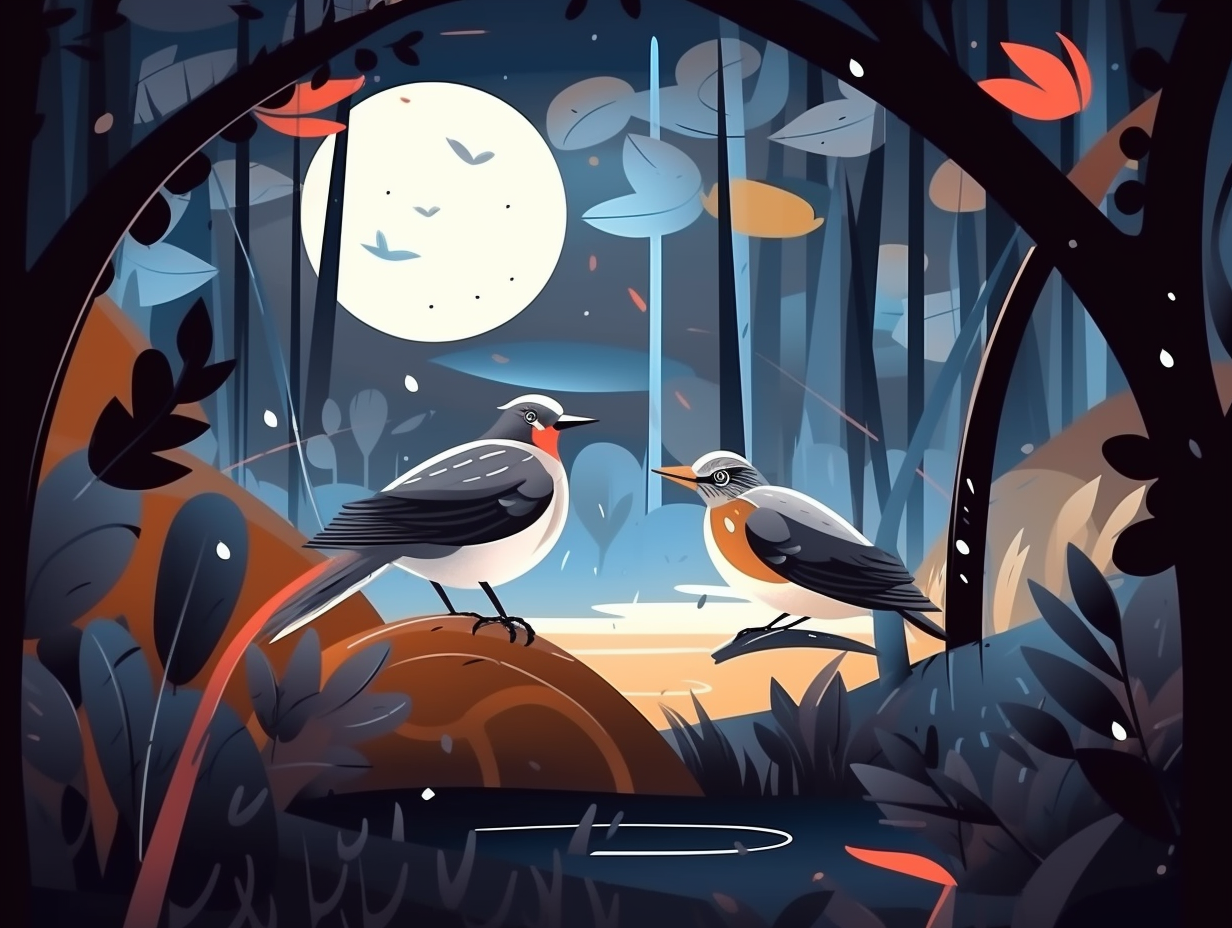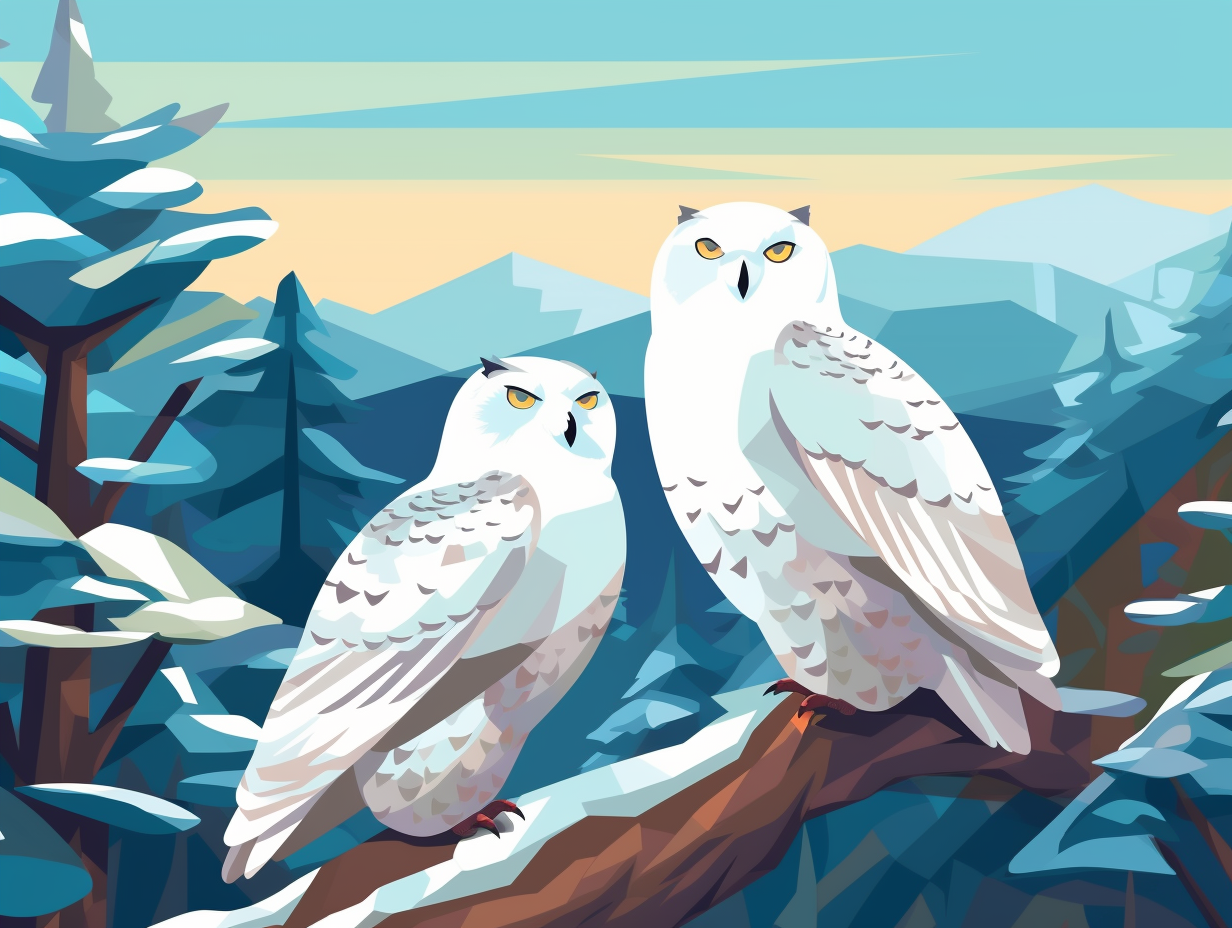Clucking Amazing: Top 23 Fun Facts About Chickens You Won't Believe!
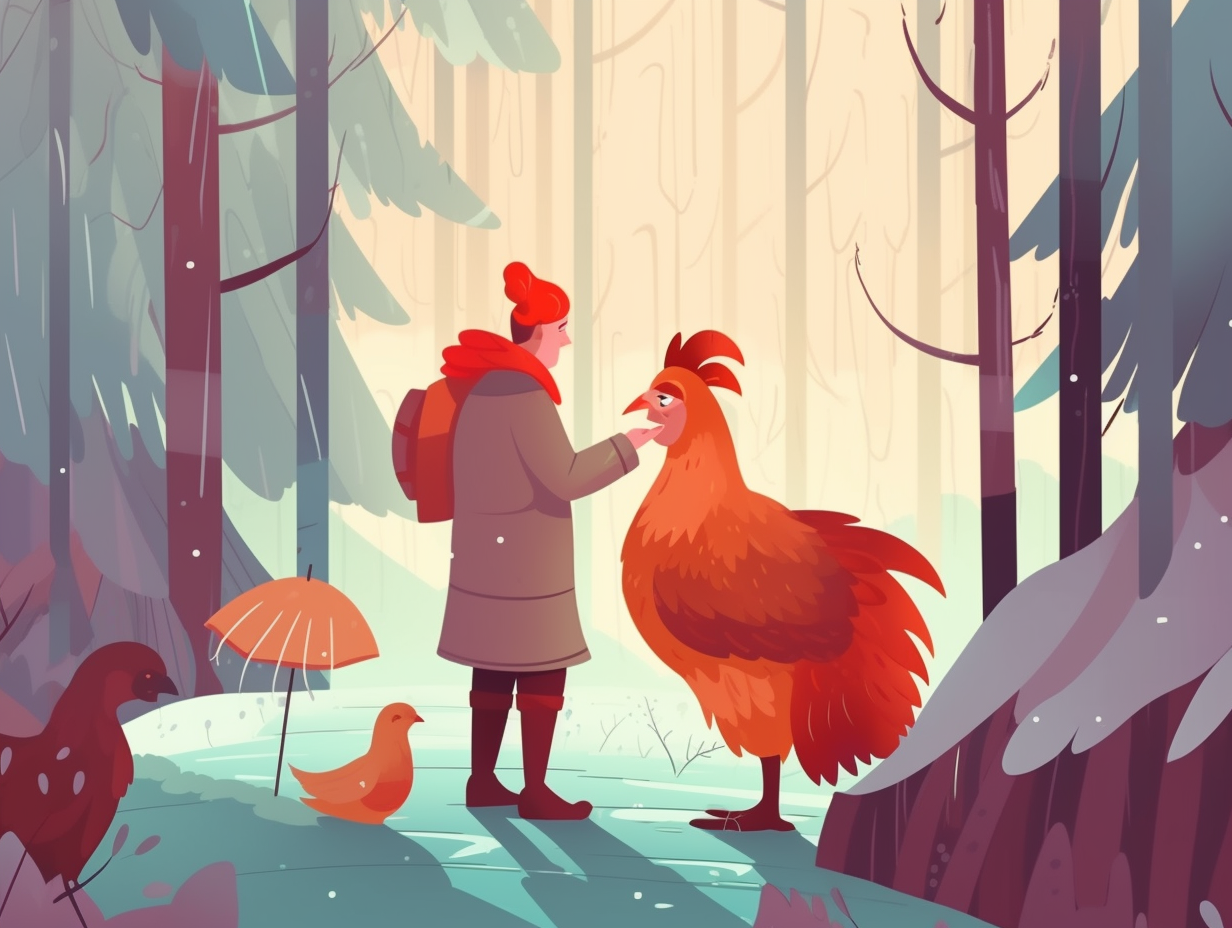
1. Chicken Communication
Whoever said chickens are bird-brained clearly never eavesdropped on their riveting clucks-and-peeps sagas: Chickens can communicate using at least 24 distinct sounds, ranging from pleasure peeps to alarm cackles, showcasing their complex vocal repertoire.
Source => flipflopranch.com
2. Chicken Memory
Why did the chicken cross the memory lane? To learn from its delicious past, of course: Chickens remember their favorite foods and past dangers, using this knowledge to make better decisions in the future.
Source => worldanimalprotection.org

Did you know roosters crow for various reasons - from marking territory to announcing mating availability - and can belt out at a volume equivalent to a barking dog? Discover more about these fascinating birds and their not-just-for-mornings vocal talents!
=> Fun Facts about Roosters
3. Chicken Interbreeding
In a dramatic scene that could rival any reality TV series, domestic chickens are doing the dirty with their wilder, more exotic cousins, the red junglefowl: This steamy interbreeding is causing a loss in genetic diversity, putting the wild birds at risk of disease and endangering the viability of the junglefowl population, while also hampering the possibility of introducing advantageous wild traits to domesticated chickens in the future.
Source => smithsonianmag.com
4. Earlobe and Egg Color
If you've ever wanted to become a hen-iologist and make egg-ucated predictions, listen up: The color of a chicken's earlobe may hint at the hue of the egg it lays, with white earlobes linked to white eggs and red ones to brown eggs, yet some breeds break the rules by producing blue, green, pink, or speckled eggs, which don't differ nutritionally.
Source => purinamills.com
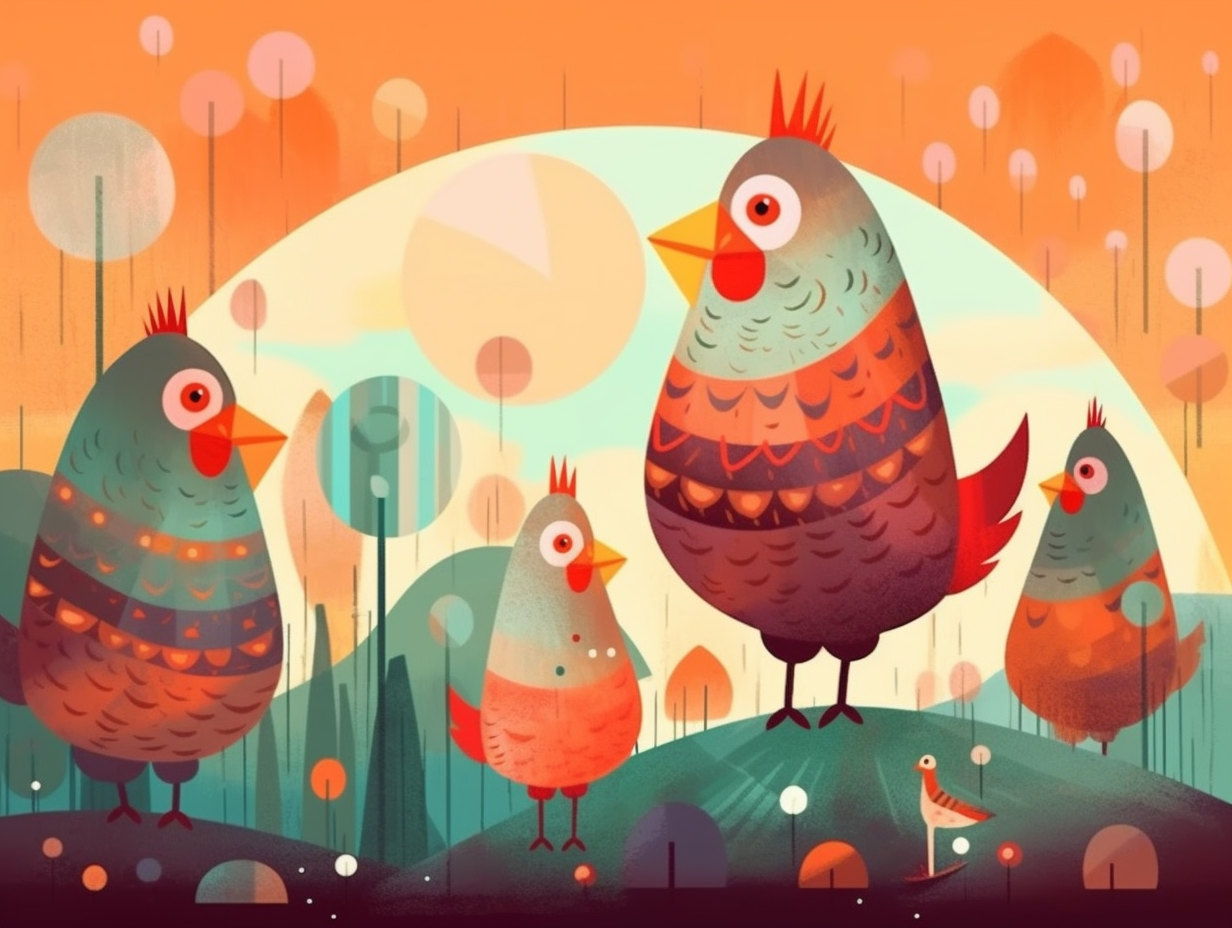
5. Chicken Math Skills
Why did the chicken enroll in math class? Because they're eggs-traordinary at counting their eggs: Studies have shown that chicks can perform basic arithmetic by adding and subtracting numbers less than five, although it's uncertain if these feathered mathematicians have the same skills outside of the lab environment.
Source => scienceworld.ca
6. Mother Hen Recognition
You know how a mother hen can tell her chicks from an uninvited feathery crasher in the coop? No, it’s not an episode from "Chicken Real Housewives"! The serious reveal: Chickens have the ability to recognize and remember individuals in their environment, so a hen can effortlessly distinguish between her own offspring and those of another.
Source => chickenandotherstories.com
7. Chicken Divination
Why did the chicken cross the road of destiny? To help a fortune teller, of course: Chickens have been used in divination practices, notably in Africa where their sandy footprints are read to gain insight into a person’s fate.
Source => en.wikipedia.org
8. Chicken Color Vision
Chickens might just be the indecisive artists of the animal kingdom: forever pondering whether that shade of green is really the perfect one for their next masterpiece. Alas, their visual prowess falls short: While chickens possess four types of color receptors in their eyes, which allows them to see more colors and shades than humans, they cannot in fact see more colors than us since humans have three types of cones, enabling us to see the full spectrum of colors visible to the human eye.
Source => val-co.com
9. Polynesian Chicken Traders
Why did the Polynesian chicken cross the Pacific Ocean? To trade some sweet potatoes in South America, of course: Recent discoveries show that Polynesian chicken bones match the DNA of breeds found in South America, suggesting these ancient traders exchanged cluckers for crops.
Source => blog.sailtrilogy.com
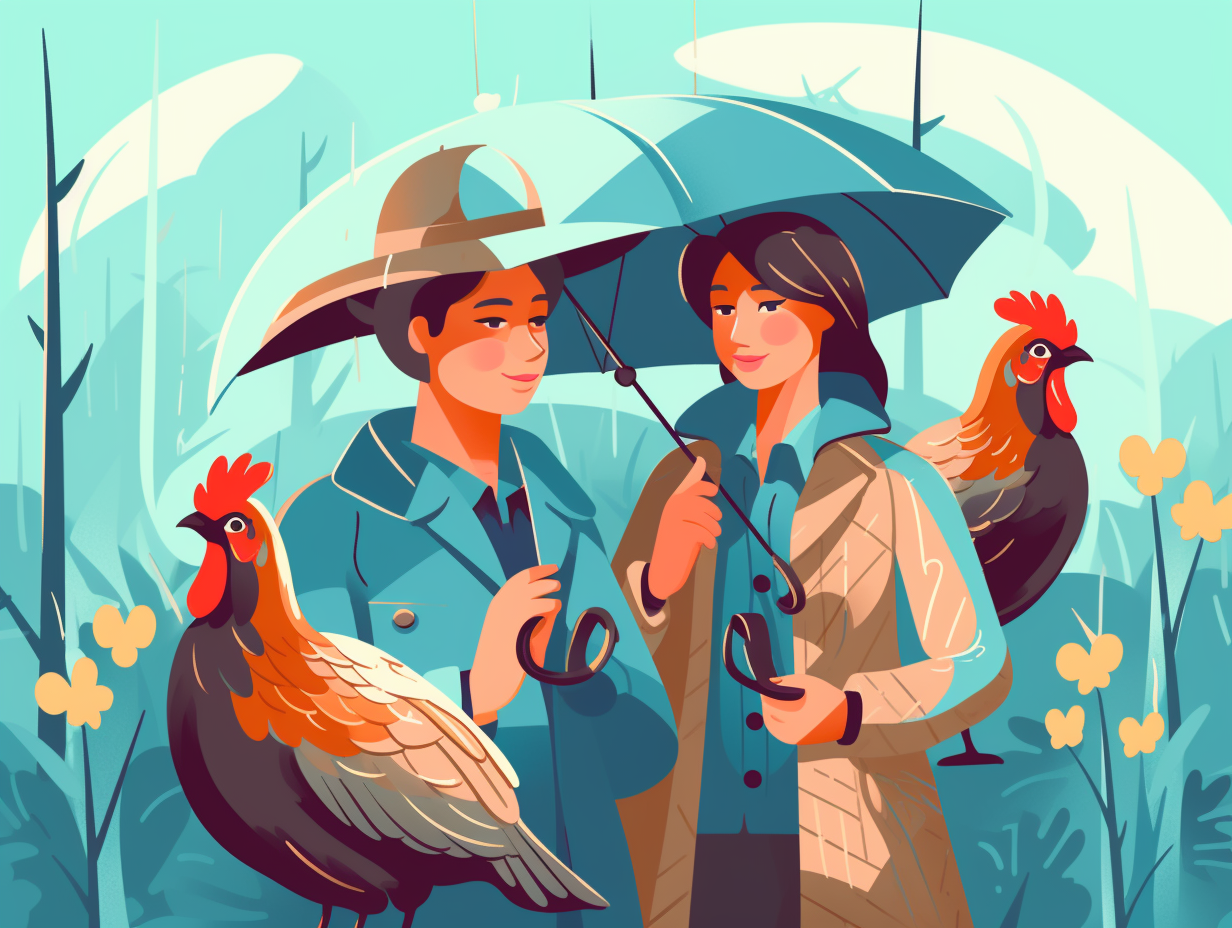
10. Chicken Daytime Vision
Why did the chicken avoid the midnight rave? It's simply blind as a bat after the sun sets: Chickens have poor night vision, yet boast a 300-degree field of view and superior color vision during daytime thanks to their tetrachromatic vision, including cones that detect UV light and motion.
Source => thehappychickencoop.com
11. Chicken Emotions
Who needs reality TV drama when chickens have their own coop full of emotions, minus the fake crying and perfectly timed catfights? These feathered divas prefer to keep it real and subtle: Chickens experience a range of emotions such as fear, anxiety, contentment, and frustration but express them through their behaviors and physiological responses rather than theatrical antics.
Source => backyardpoultry.iamcountryside.com
12. Rooster Built-in Clock
Why did the rooster join the "No Sleep Team"? He predicted the crack of dawn without a glimpse of sunshine: According to a Nagoya University study, male chickens have a built-in biological clock that allows them to instinctively know when daybreak is near, even in total darkness, causing them to crow at the right time as a non-learned, innate behavior.
Source => nationalgeographic.com
13. Chicken Social Life
Why did the chicken join a book club? To meet and cluck about the latest poultry-tales, of course: Chickens are highly social creatures, enjoying dust baths, sunbathing, and even playing games together, with their sociable nature contributing to their overall health and happiness.
Source => backyardchickens.com
14. Chicken Interior Design
Who knew that chickens were interior designers at heart, with a flair for mood lighting and cozy nooks? Well, feather our nests and call us Martha Stewart: chickens actually prefer dimly lit nesting areas when laying their eggs and need at least 12 hours of light per day for egg production. Adding curtains to their nesting boxes can create their dream egg-laying ambiance, sweet and low – just like their lighting preferences!
Source => commonsensehome.com
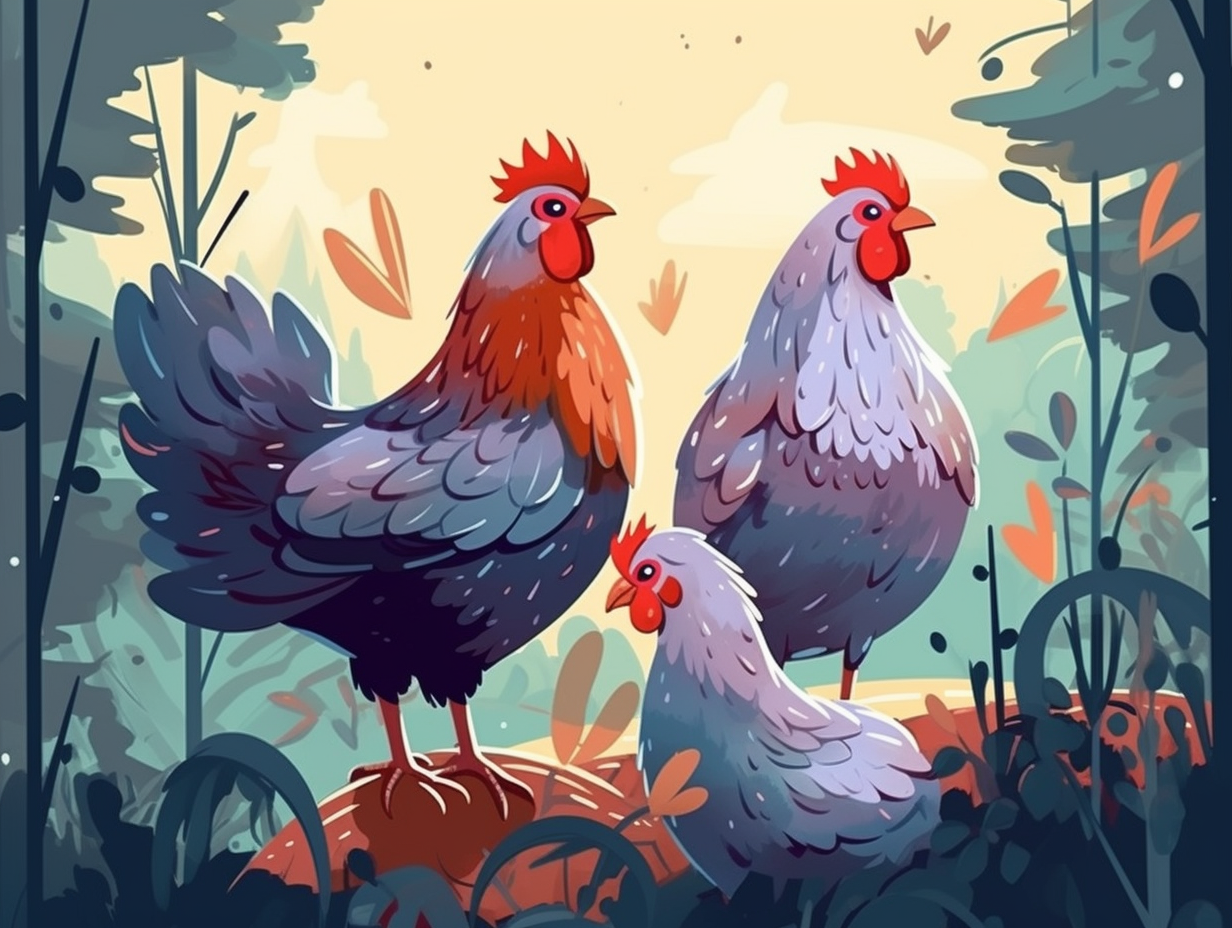
15. Chicken Digestive System
Who needs a blender when you've got a chicken-gut smoothie-maker on hand? : Chickens possess a specialized digestive system that allows them to swallow small rocks which store in their gizzards and help grind down food, making them natural omnivores who enjoy feasting on mice, frogs, and lizards, although they might accidentally chow down on metallic trinkets or shiny buttons mistaking them for food.
Source => hobbyfarms.com
16. Rooster Flirting
Move over, speed dating: Roosters have got the flirting game on lock. With a flick of their wing and a sultry circle dance, they can have their way with a hen quicker than you can say "cock-a-doodle-doo"! The serious reveal: These Casanovas perform a wing-flicking display before hopping on their lady love for a sweet two-second tryst, called threading, and can do this up to thirty times a day depending on the availability of hens – talk about poultry in motion!
Source => vjppoultry.com
17. Chicken Flight Abilities
Hold on to your feathers, it's about to get wild: chickens, far from being permanently grounded, can actually achieve short bursts of flight that reach up to 10 feet in height and cover a distance of 50 feet, giving them a swift escape route when predators come a-peckin'.
Source => animals.mom.com
18. Chicken Facial Recognition
Why did the chicken cross the road? To show off its impressive facial recognition skills, of course! Chickens can recognize up to 100 different faces of their own kind and humans, making their social life surprisingly complex: They possess four types of color cones in their eyes—the ultra-violet cone allows them to see a wider range of colors than humans—and their eyes make up about 10% of their head mass, capturing between 150-200 images per second. Sorry to burst your bubble, but x-ray vision remains their one unattained superpower.
Source => chooks.co.nz
19. Chicken Body Temperature
Who knew chickens were hot stuff? With their beaks wide open and wings-akimbo, they could easily pass for beaked can-can dancers earning their keep during sweltering summer days: Turns out, chickens maintain a body temperature of 104°F and, to keep from overheating, they rely on panting as well as puffing up and lifting their feathers to release trapped heat and encourage airflow against their skin.
Source => grubblyfarms.com
20. Chicken Taste Buds
It turns out chickens have discerning palates too, often clucking into their feed like a food critic: Chickens possess less than 350 taste buds, a significantly lower count than humans' 8,000-10,000. Their taste repertoire detects salty, sour, and bitter flavors, but leaves them tragically immune to the joys of sweetness and spice. Male chickens, or cocky roosters, boast more taste buds than females, and broiler breeds outdo layers in this taste bud race. However, their inability to indulge in sweetness doesn't deter them from pecking away at fruits and vegetables with unabated enthusiasm.
Source => fresheggsdaily.blog
21. Chicken Entertainers
Step right up, peel your eyes, and hold onto your nest eggs: chickens were once skilled entertainers, mastering the art of tic-tac-toe, basketball, poker, and fortune-telling! These feathery showstoppers, trained through positive reinforcement by the brilliant animal behaviorist Marian Bailey and her husband, used to captivate audiences at America's coin-operated games. Nowadays, only a rare few remain, like the tic-tac-toe-playing hens at Reptile Gardens in South Dakota, who enjoy long, healthy lives and are well-tended to by their doting human caretakers.
Source => montereycountyweekly.com
22. Nettie Metcalf's Buckeye Chicken
Why did the chicken cross the road? To give Nettie Metcalf a high-five for creating its fabulous breed, of course! This trailblazing lady brought together an unlikely trio of feathered friends on a destiny-tinged poultry date: Behold the Buckeye chicken, a fine bit of cluckery born from Buff Cochins, Barred Plymouth Rocks, and Black-Breasted Red Game birds. This scarlet-feathered specimen boasts cold-weather hardiness and an easygoing nature, laying jumbo brown eggs like it's going out of style - 4 per week if they're comfy!
Source => starmilling.com
23. Chicken Feather Patterns
Why did the chicken cross the road? To show off its gorgeous, unique, and genetically determined feather patterns, of course! Here's the deal: Chickens display a dazzling array of colors and patterns in their plumage as a result of genetic factors, including dominant sex-linked genes for barred or cuckoo stripes, as well as separate origins for mottled and splash feathering, making each chicken's fashion statement a true genetic masterpiece.
Source => backyardpoultry.iamcountryside.com
Related Fun Facts





